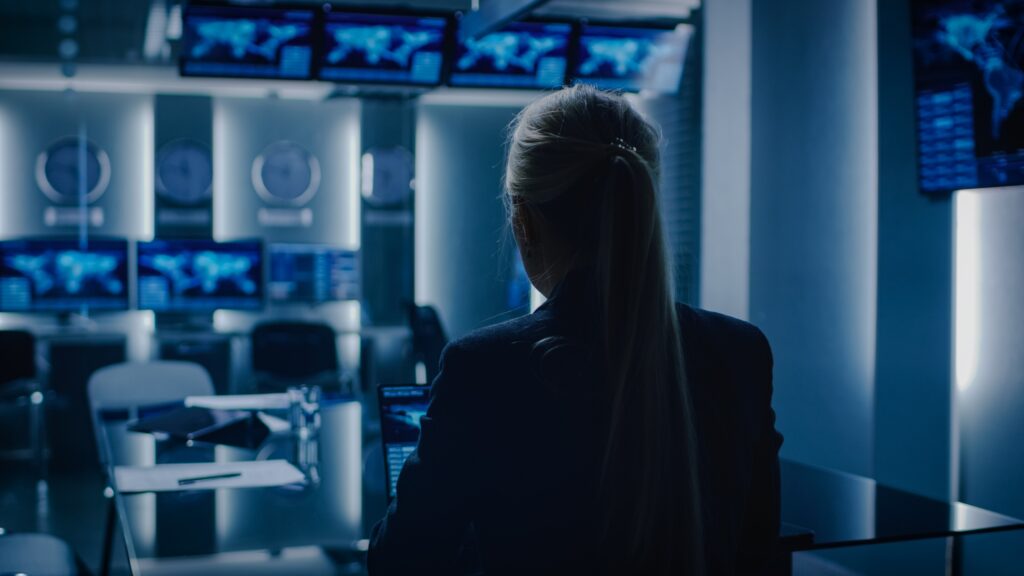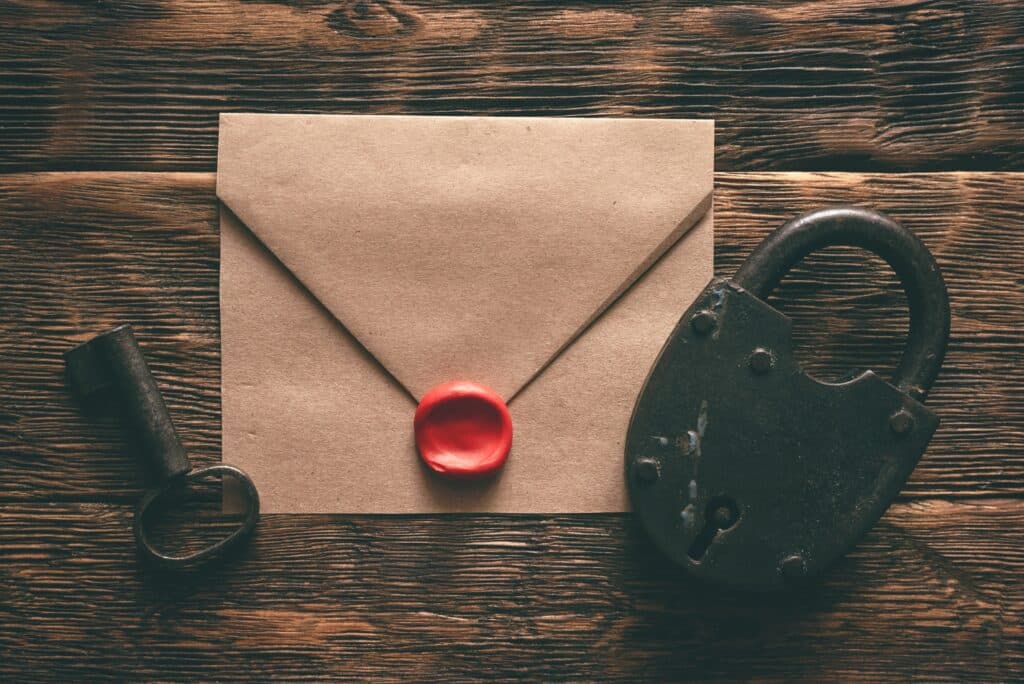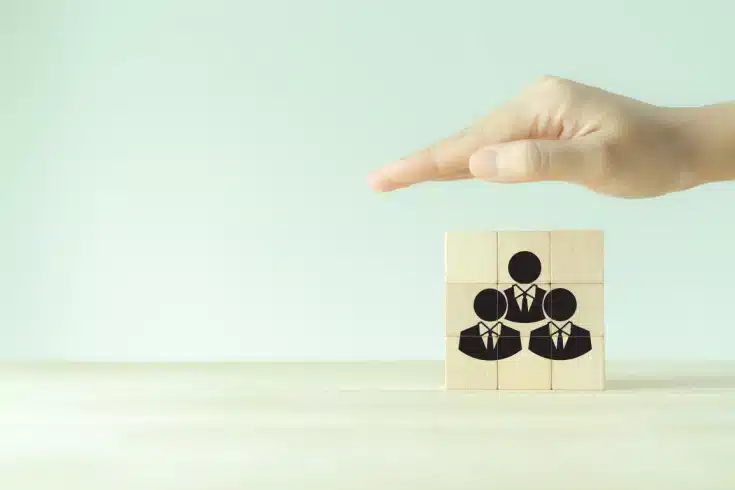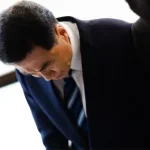What is the Relationship Between Taking Out Trade Secrets and the Japanese Unfair Competition Prevention Act?

Companies possess a vast amount of information, among which are trade secrets generated in the process of research, development, and business activities. There are instances where these trade secrets are illicitly taken out, causing significant damage. Particularly, when an employee leaves the company and takes trade secrets to a competitor or uses them to start a new company, serious damage may occur.
In such cases, civil and criminal measures can be taken. However, for this to be possible, the information in question must be a ‘trade secret’ under the Japanese Unfair Competition Prevention Act.
Article 2, Paragraph 6 of the Japanese Unfair Competition Prevention Act
In this Act, “trade secrets” refer to technical or business information useful in business activities that are managed as secrets and are not publicly known, such as production methods and sales methods.
If the information falls under the ‘trade secret’ of the Japanese Unfair Competition Prevention Act, the act of illicitly taking it out or knowingly using it after it has been illicitly taken out by someone else can be subject to a claim for damages.
The Three Requirements of Trade Secrets

According to Article 2, Paragraph 6 of the Japanese Unfair Competition Prevention Act, a trade secret is information within a company that meets three requirements, and only those that meet these three requirements are considered as such:
- Secrecy: It is managed as a secret
- Utility: Technically or commercially useful information for production methods, sales methods, and other business activities
- Non-public knowledge: It is not publicly known
Not all information within a company becomes a trade secret. By meeting the above three requirements and qualifying as a trade secret, business information such as customer lists, new business plans, price information, response manuals, and technical information such as manufacturing methods, know-how, new substance information, and design drawings are legally protected. The removal of information becomes an act subject to legal penalties, not just a violation of internal rules.
Even if the three requirements are met and it qualifies as a trade secret, in order to be subject to injunctions or criminal measures, it must satisfy the requirements stipulated by law as “unfair competition” or “trade secret infringement”, such as the act of illegally removing or using the trade secret knowing that it was illegally removed (Japanese Unfair Competition Prevention Act, Article 2, Paragraph 1, Items 4 to 10, Article 21, Paragraphs 1 and 3).
About Confidentiality Management
Trade secrets are essentially information, and unlike patent rights, they cannot be assumed to be public. Therefore, it is not easy to determine whether a piece of information is a trade secret protected by law. The purpose of the confidentiality management requirement is to clarify the subject that a company intends to manage as a secret, considering the nature of such trade secrets, and to prevent those who come into contact with the trade secret from being suspected unexpectedly afterwards.
Therefore, in order for the confidentiality management requirement to be met, it is not enough for a company to subjectively recognize the information as a secret. It is necessary for the company’s intention to manage the trade secret (the intention to manage specific information as a secret) to be clearly shown to the employees, and as a result, for the employees to easily recognize this intention (in other words, to ensure recognizability). The same can be said for expressing the intention to manage secrets to business partners.
Firstly, it is conceivable to specify the subject through a confidentiality agreement. Many companies have obtained confidentiality agreements, and if done properly, it is an effective measure. However, those created by casually using “NDA (Non-Disclosure Agreement) templates” that are abundant on the internet may not be useful at all when needed.
The “Example of Confidentiality Agreement in Consideration of Business Alliance” in “Reference Material 2: Examples of Various Contracts” in the “Handbook for Protection of Confidential Information” by the Ministry of Economy, Trade and Industry, which supervises the Unfair Competition Prevention Act (Japanese Unfair Competition Prevention Act), may be useful. However, a “confidentiality agreement” should be properly tailored to the content of your company, and only then will it have meaning.
If the confidential information is in paper form, it is considered that the recognizability of the intention to manage secrets can be ensured by making a reasonable distinction from general information through the use of files, and by marking the document as “confidential”. Instead of marking individual documents or files as confidential, storing them in lockable cabinets or safes can also be considered as a means of ensuring recognizability.
If the confidential information is in electronic form, any of the following methods is considered to be a sufficient confidentiality management measure from the perspective of confidentiality management:
- Attach a confidential label to the recording medium
- Add “confidential” to the electronic file name or folder name
- Add “confidential” to the electronic data of the electronic file so that it is displayed as confidential on the terminal screen when the electronic file is opened (e.g., add “confidential” to the header of the document file)
- Set a password required to view the electronic file itself or the folder containing the electronic file that is a trade secret
- If it is not possible to attach a display to the recording medium itself, attach a confidential label to the case or box in which the recording medium is stored
Please note that even if you use an external cloud to store and manage trade secrets, as long as they are managed as secrets, the confidentiality will not be lost.
About Utility

This requirement is primarily aimed at excluding information that violates public order and morals, such as tax evasion information and information about the discharge of harmful substances, from the scope of legal protection. However, in order for “utility” to be recognized, it is necessary that the information is objectively useful for business activities. The purpose is to protect information that is recognized as having commercial value in a broad sense.
Information that meets the requirements of secrecy and non-public knowledge is usually recognized as useful. This includes not only information that is actually used in business activities and directly utilized in business, but also information with indirect (potential) value. For example, data from past failed research can save research and development costs by using that information, and product defect information is important for the development of software using high-precision AI technology to detect defective products. Such so-called negative information is also recognized as useful.
About Non-Publicity
The term “non-publicity” refers to a state where the business secret in question is not generally known or easily accessible. Specifically, it means that the information is not listed in publications that can be obtained within a reasonable effort, cannot be easily inferred or analyzed from public information or generally available products, and is generally not available outside the control of the holder.
Even if the information has actually been listed in a foreign publication in the past, if the fact is not known in the management area of the information and it requires considerable time and cost to acquire it, non-publicity is still recognized. Of course, if a third party invests such costs to acquire or develop the business secret and makes it public in the management area of the information, making it “generally known”, the non-publicity will be lost.
Also, just because fragments of certain information are published in various publications, and if you collect those fragments, information close to the business secret can be reconstituted, it does not immediately deny non-publicity. This is because if there is value in how to combine which information, it can be a business secret.
Examples of Judgments in Actual Court Cases

In actual court cases, how are the three requirements of secret management, usefulness, and non-public knowledge, as well as the requirements for “unfair competition” and “business secret infringement” (Japanese Unfair Competition Prevention Act, Article 2, Paragraph 1, Items 4 to 10, Article 21, Paragraph 1, Paragraph 3) judged? Let’s look at some actual court cases.
There was a case where the plaintiff, a company that sells women’s comfort shoes to customers with foot problems (such as bunions, flat feet, corns, bow legs, X legs, rheumatoid feet, diabetic feet, numb feet, etc.), sued defendant A, who had a manufacturing contract with the plaintiff, for unlawfully disclosing the original shoe lasts entrusted to them by the plaintiff to defendant B. The plaintiff sought an injunction and damages based on Article 2, Paragraph 1, Item 7 of the Japanese Unfair Competition Prevention Act.
Defendant A, who had been entrusted with the original shoe lasts from the plaintiff, a company engaged in the planning, design, and wholesale of women’s shoes, unlawfully disclosed them to defendant B. They then unlawfully duplicated the shoe lasts, further modified the duplicated lasts to create prototype shoes, and disclosed them to retailers. During this time, defendant C, who was an employee of the plaintiff, planned to become independent and proposed to defendant A to do business with defendant B. The plaintiff sought an injunction against the use and disclosure of the shoe lasts and damages based on non-performance of obligations or Article 4 of the Japanese Unfair Competition Prevention Act, claiming that the actions of the defendants corresponded to the actions specified in Article 2, Paragraph 1, Items 4, 7, and 8 of the Act.
Judgment on Secret Management
The court, regarding secret management, acknowledged that:
・The plaintiff had exchanged a pledge at the time of hiring with defendant C, stating, “I will never leak any secrets about your company, both during my employment and after my resignation.”
・In the employment rules, it was stipulated as a “prohibited act” that “Company and client’s business secrets and other confidential information, personal information held by the company and clients, etc. should not be used for purposes other than their original purpose, leaked to others, or used privately (the same applies after resignation).” “Do not use company facilities, vehicles, machinery, tools, other valuables, information, etc. for purposes other than work without permission.”
・The master shoe lasts, which embodied the same design information as the original shoe lasts in question, were strictly managed.
・In the plaintiff’s company, employees were usually not allowed to handle the master shoe lasts or the original shoe lasts in question.
Based on these points, the court recognized that the design information in question was managed as a secret.
Judgment on Usefulness
Regarding usefulness, the court acknowledged that:
The design information in question is clearly useful for the manufacture of comfort shoes, so it can be said that the design information in question was technical information useful for production methods and other business activities.
Tokyo District Court, February 9, 2017 Judgment
Judgment on Non-Public Knowledge
Regarding non-public knowledge, since “the leather of shoes has flexibility, it is impossible to reproduce a shoe last with exactly the same shape and dimensions as the one used to manufacture the shoe from the leather shoes on the market and obtain its design information,” the court stated:
It should be said that it is not possible to easily reproduce a shoe last with exactly the same shape and dimensions as the original one, and there is no circumstance that the design information in question can be obtained without special effort, etc. Therefore, it can be said that the design information in question was not publicly known (non-public).
(Same as above)
Therefore, since the three requirements of secret management, usefulness, and non-public knowledge were met, the court ruled that the design information in question was a trade secret (Japanese Unfair Competition Prevention Act, Article 2, Paragraph 6).
Judgment on the Applicability of Unfair Competition
Furthermore, regarding the applicability of unfair competition to the defendants’ actions, the court ruled that the defendants had betrayed the trust of the plaintiff, with whom they had been dealing for many years, and had intended to profit themselves by doing business with defendant C, who was an employee of the plaintiff and was planning to become a competitor of the plaintiff. Therefore, it can be said that they acted with the purpose of gaining unfair profits. Therefore, the defendants’ actions were found to fall under Article 2, Paragraph 1, Item 7 of the Japanese Unfair Competition Prevention Act (the act of using or disclosing a trade secret for the purpose of gaining unfair profits or causing damage to the holder of the trade secret when the trade secret is shown by the business operator holding the trade secret). The court ordered the defendants to refrain from disclosing the shoe lasts, to hand over the shoe lasts to the plaintiff, and to pay damages of 3,635,640 yen.
Summary
Illicit acquisition, misuse, and disclosure of trade secrets held by companies can potentially undermine the incentive for companies to make legitimate efforts, disrupt competitive order, and ultimately have a negative impact on innovation throughout Japan. Trade secrets are the source of a company’s competitiveness, and for this reason, effective trade secret management that is tailored to the actual circumstances of the company is essential.





















